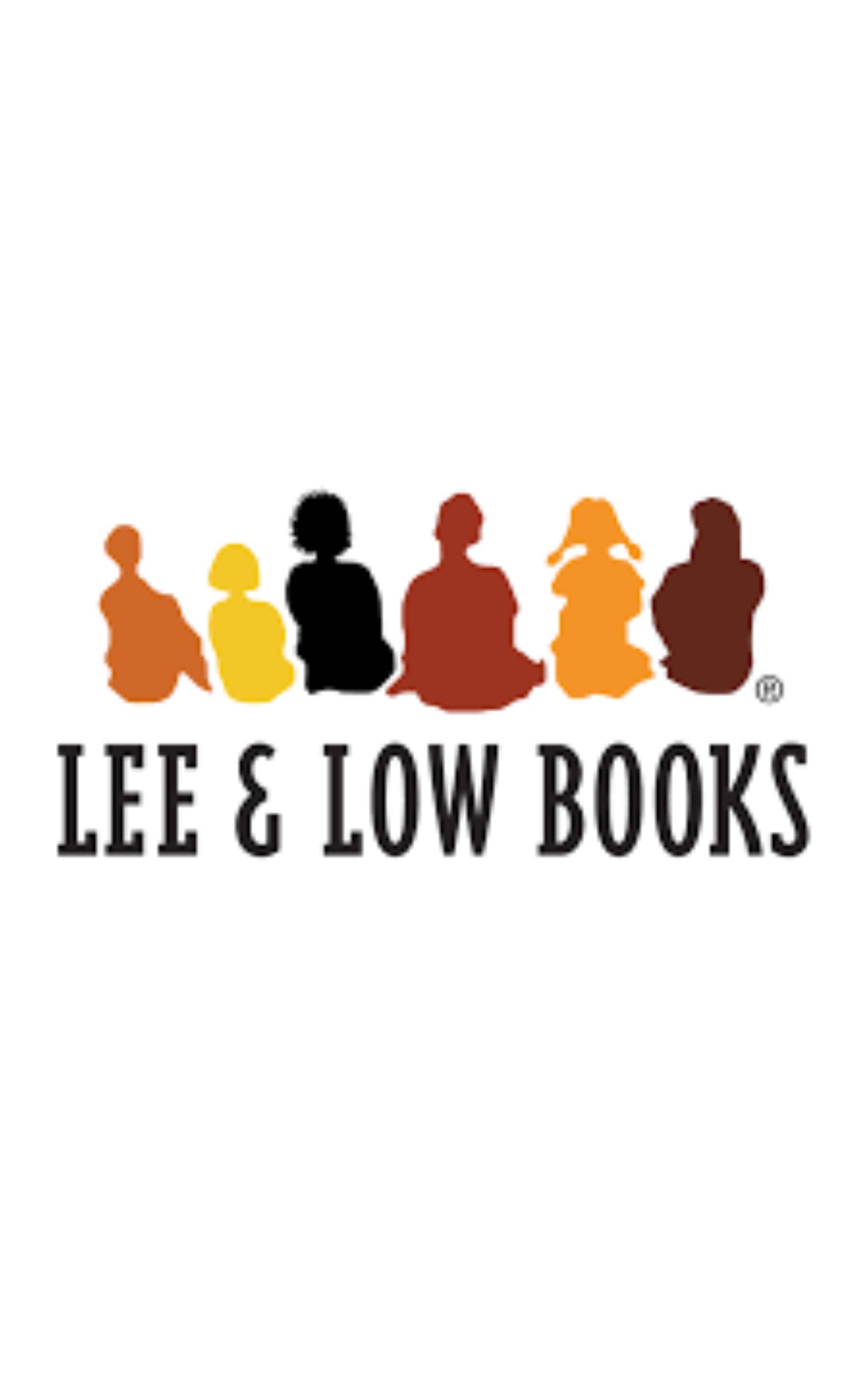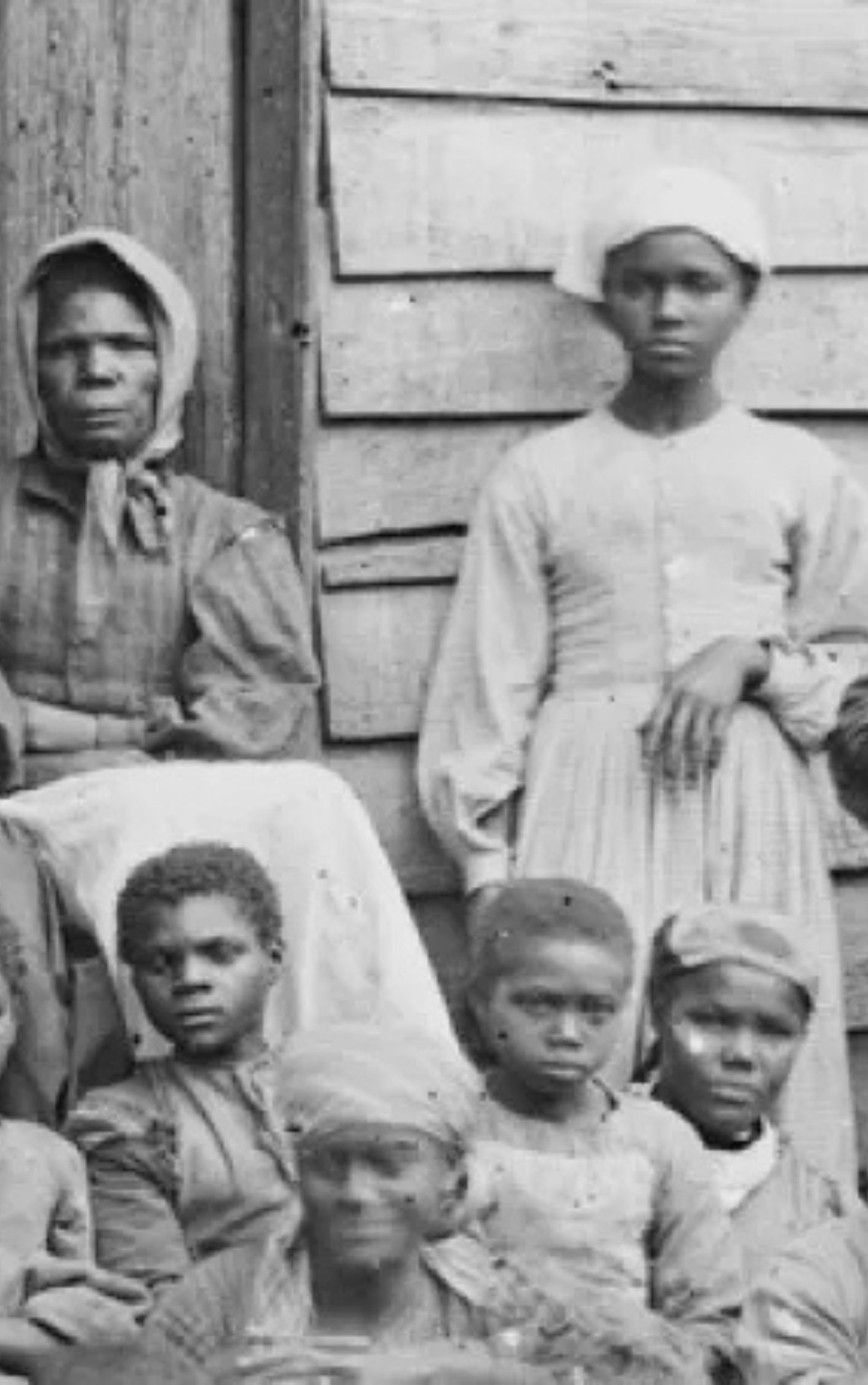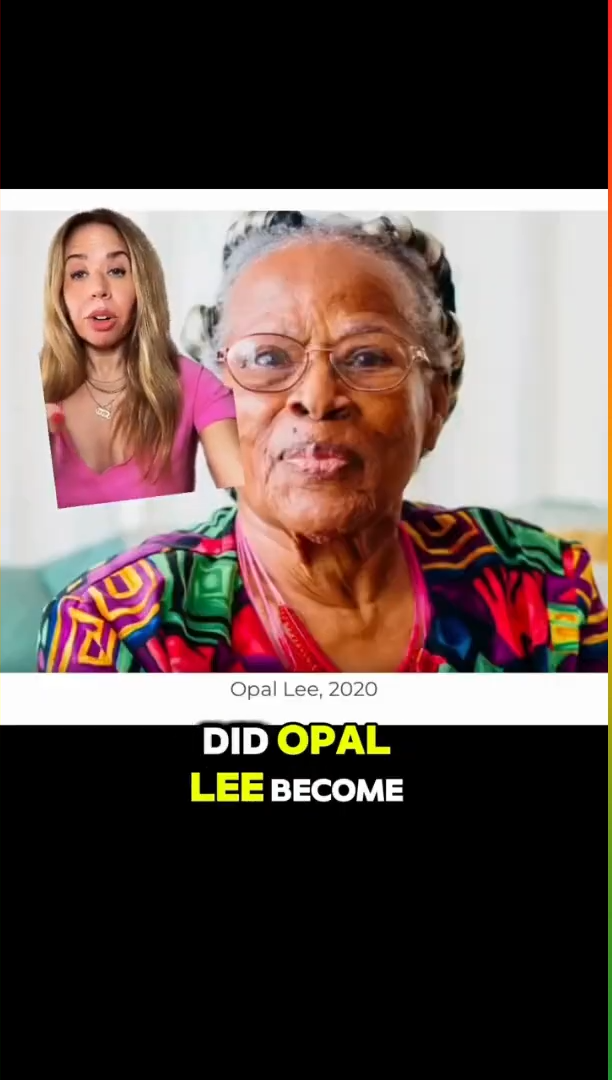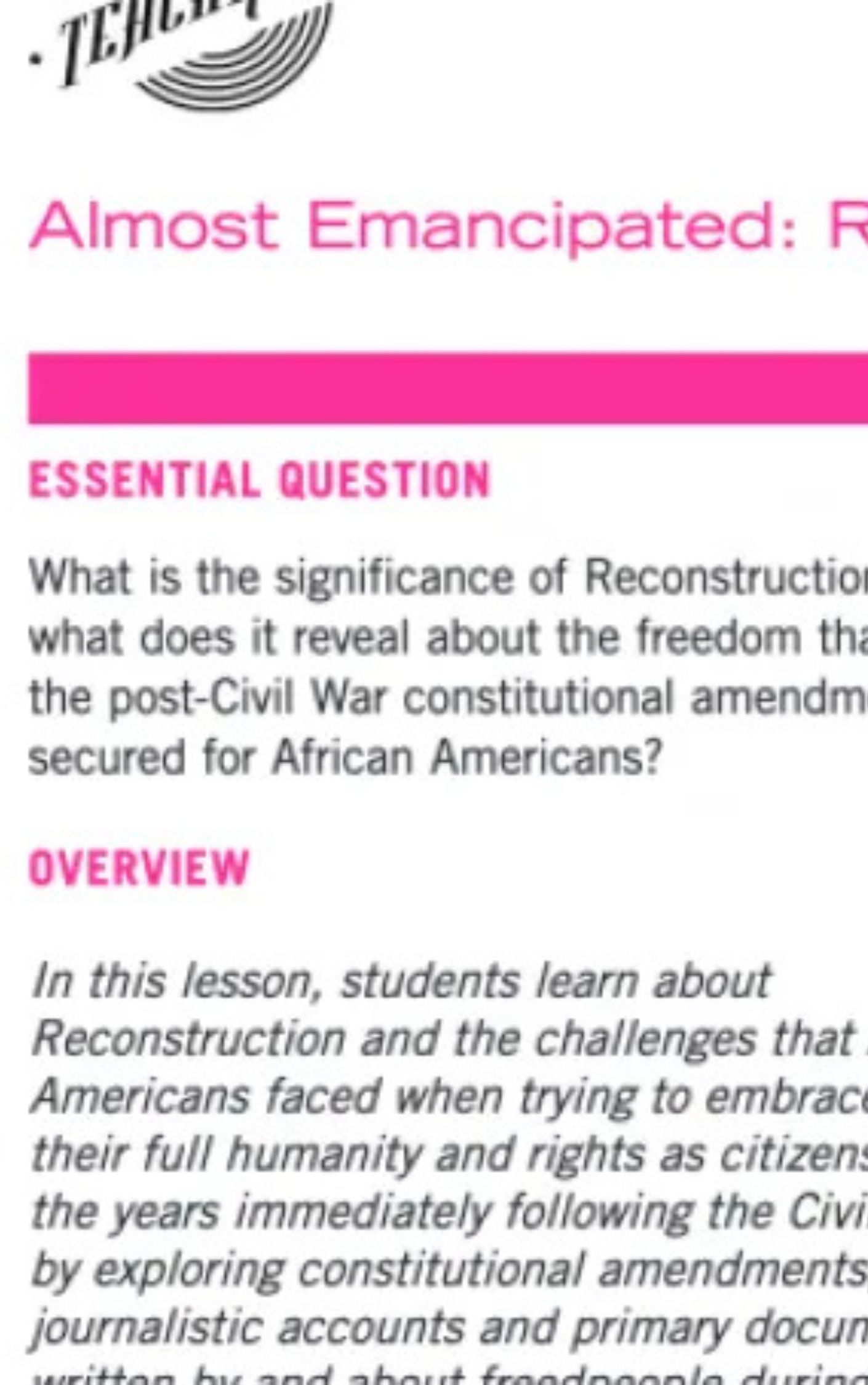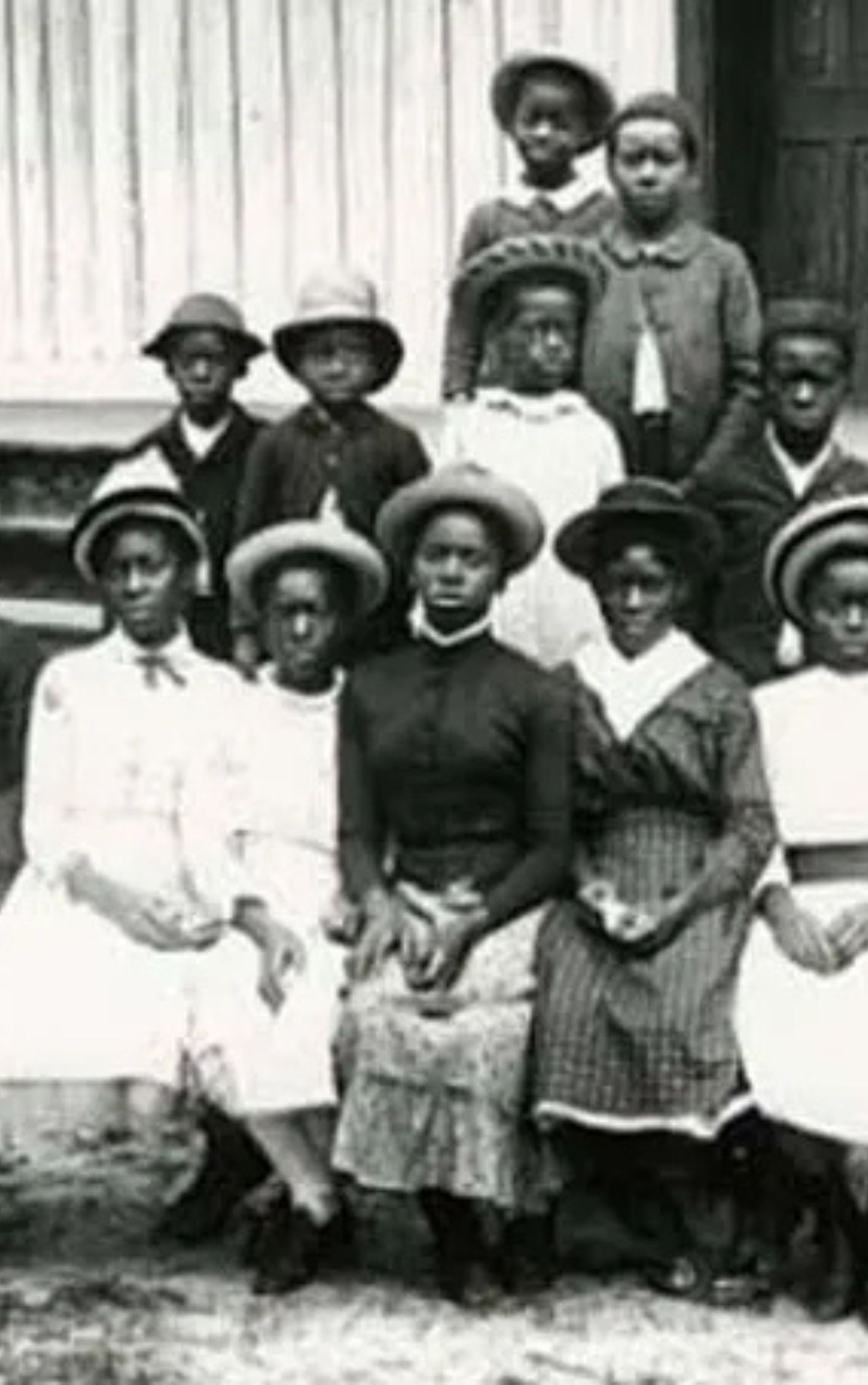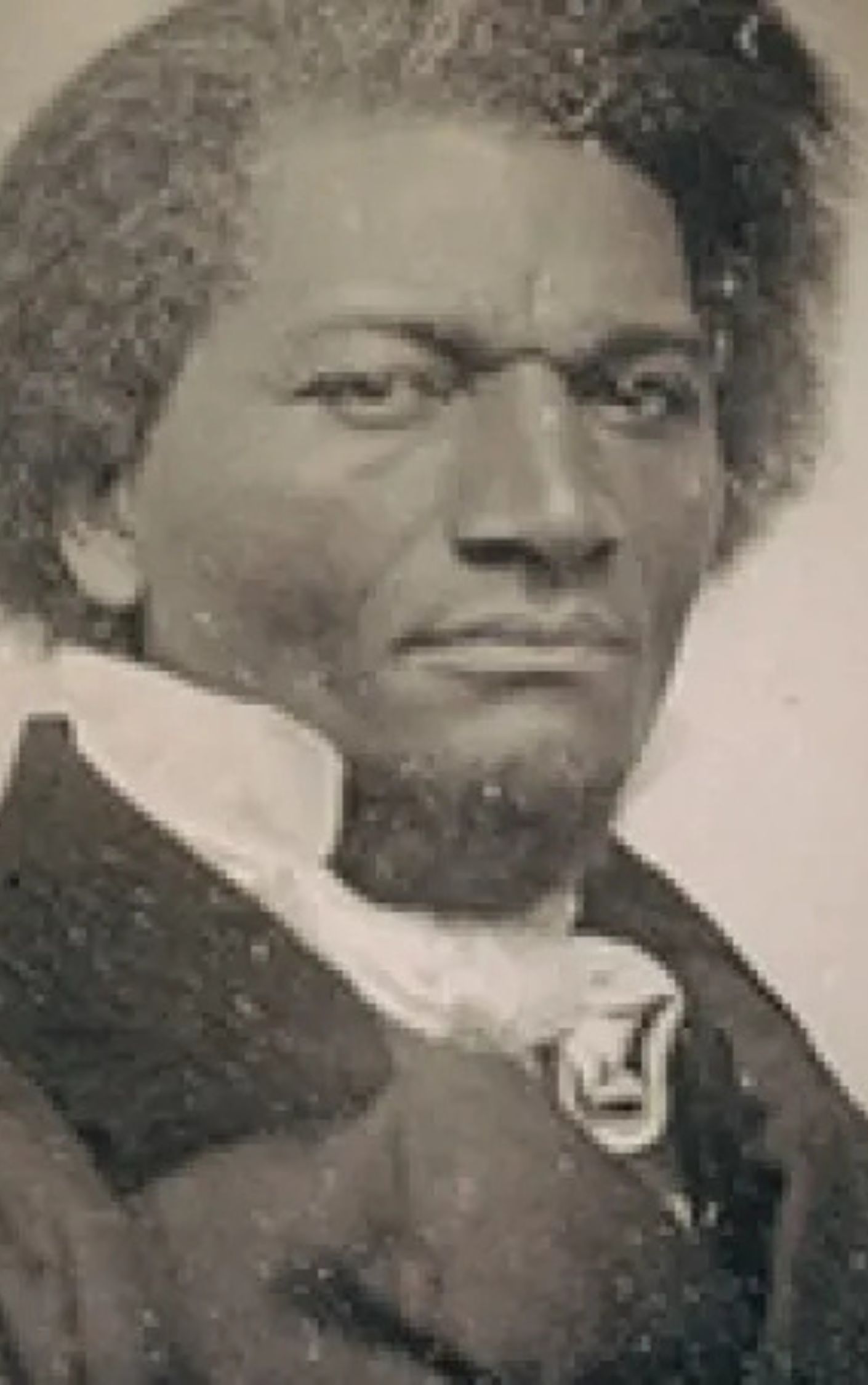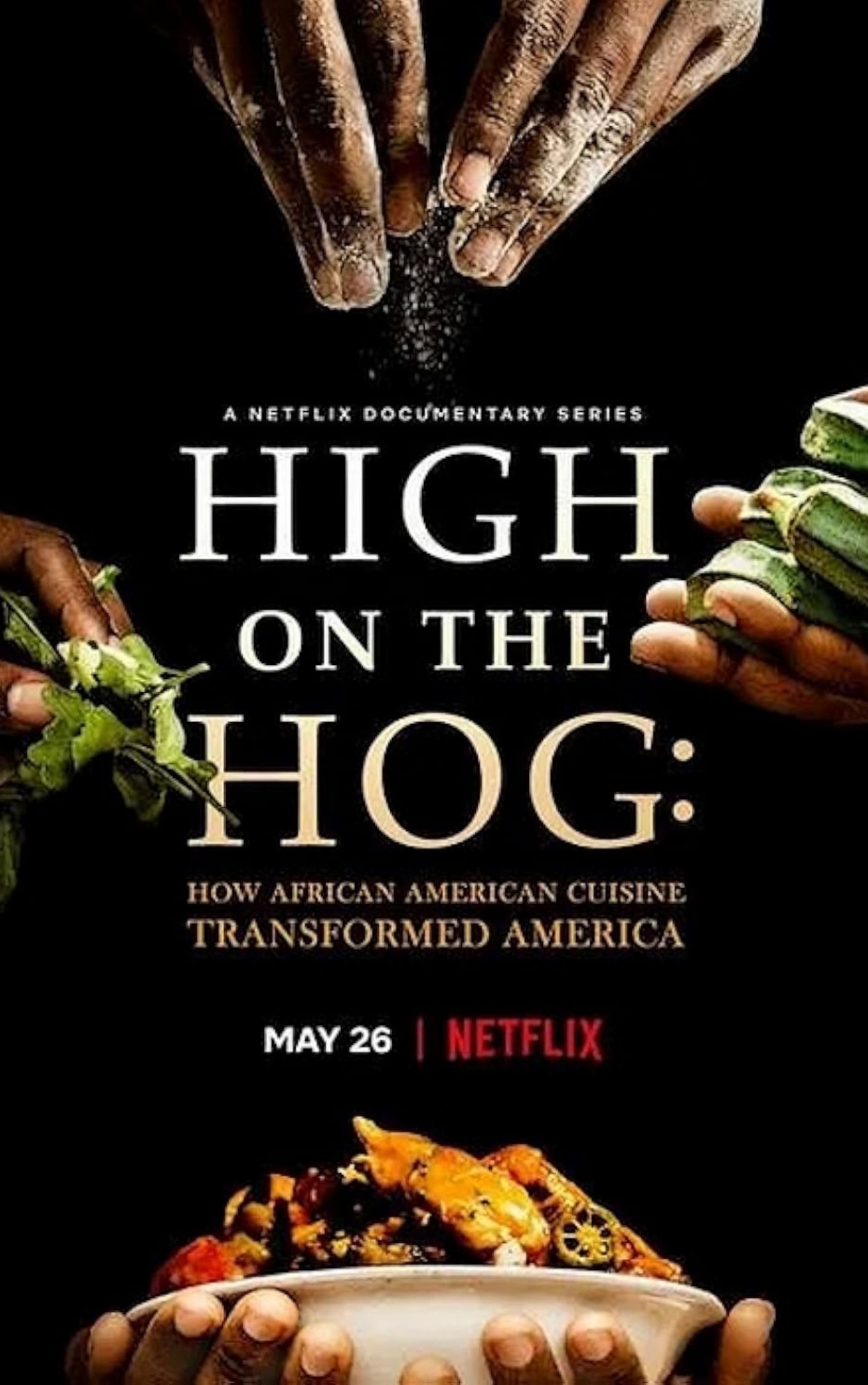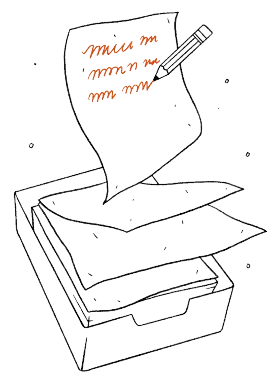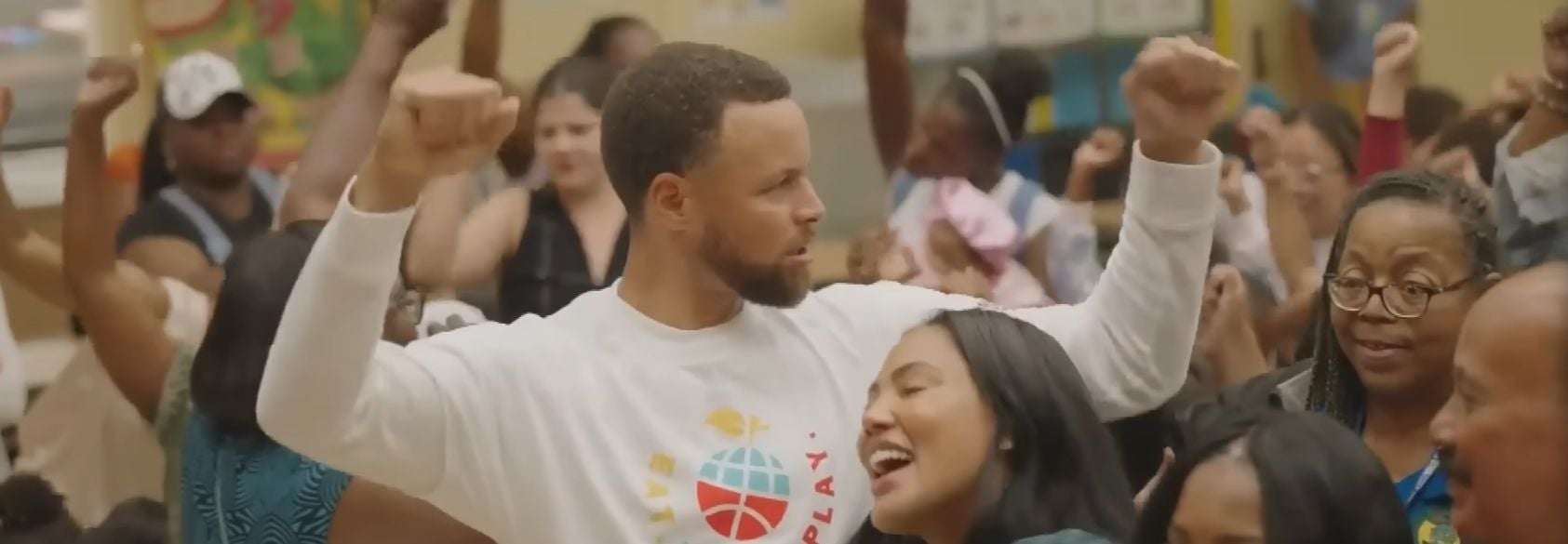"Struggle is a never ending process. Freedom is never really won, you earn it and win it in every generation."—Coretta Scott King
I’ll be honest, I didn’t really know what Juneteenth—the annual recognition of the end of slavery in the United States after the Civil War—was until I started working for the AFT on the Share My Lesson website. I have no memory of learning about Juneteenth in high school—despite an entire unit on the Civil War. In the last several years, I've been proactive in learning more about it, to the point that I feel comfortable talking about it here and now.
For historical context, as the U.S. approached its third year of a bloody war, President Abraham Lincoln issued the Emancipation Proclamation on Jan. 1, 1863. The proclamation stated "that all persons held as slaves" within the states part of the rebellion "are, and henceforward shall be free." The Civil War then became about preserving the Union and freeing people who were enslaved in the South. The Civil War concluded in April 1865, but news of the Emancipation Proclamation was slow to travel. It took more than two years to reach Galveston, Texas, when Gen. Gordon Granger finally arrived on horseback on June 19, 1865, and issued the call with "General Order No. 3" saying "The people of Texas are informed that, in accordance with a proclamation from the Executive of the United States, all slaves are free.”






